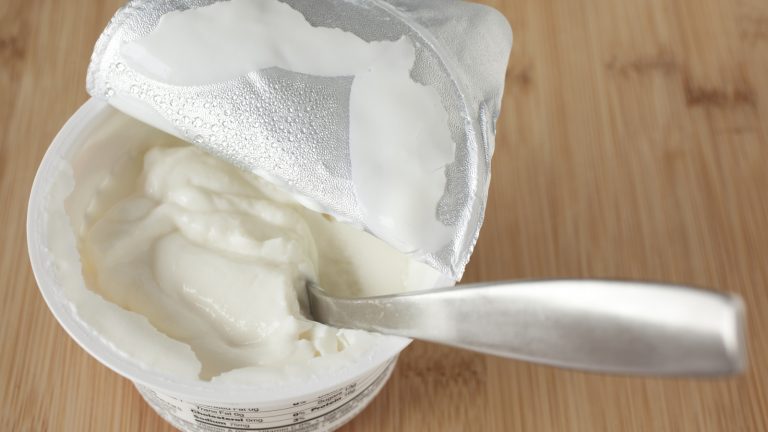We may receive a commission on purchases made from links.
Back in the 1800s, a chef named Marie-Antoine Carême set down a foundation for French cuisine in his book “L’Art de la Cuisine Française au Dix-Neuvième Siècle” — in the work, he compiled a list of four essential sauces, designated the mother sauces. Carême, who cooked for European royalty, wrote books on gastronomy and helped establish the culinary arts in France, presented these four requisite sauces as progenitors of countless others. They were velouté, béchamel, allemande, and espagnole.
Nearly a century later in 1903, Auguste Escoffier, another renowned French chef, disagreed. He expanded the mother sauce designation to include hollandaise and sauce tomate. At the same time, he believed that allemande was merely a modification of velouté — so instead, he moved allemande to the extensive list of daughter sauces. Escoffier’s five are still considered the mother sauces in modern times.
Daughter sauces, also sometimes called sister sauces, are variations on these five. They’re made by adding extra ingredients and seasonings to the mother sauce foundation (which is why Escoffier dethroned allemande since it is merely velouté with liaison, a thickening agent of egg yolks and heavy cream). So before you can understand the daughters, you have to master the mother sauces.
Mother sauces are at the core of the French culinary arts
Although Escoffier and Carême were considering French cuisine when they made their lists, the five mother sauces have frequently been embraced by other culinary traditions because of their simple, versatile nature. Béchamel is a straightforward classic — this combination of white roux, which is a cooked butter and flour mixture used as a thickening agent, and milk or cream — can be found in everything from biscuits and gravy to mac and cheese to a Croque Monsieur.
Velouté also begins with a roux, but this time is cooked until it’s slightly brown. Instead of milk, you add a stock of chicken, fish, or bone. Espagnole takes a dark roux, cooked until it’s a deep brown, and has a stock of usually beef or veal (and frequently herbs and tomato paste, too).
Escoffier’s version of sauce tomate used a roux, but it isn’t a requirement and is usually omitted in modern recipes. The essential ingredient is reduced tomatoes, but Escoffier’s recipe also included herbs, onion, pork belly, and sugar.
The chef’s other addition to the mother sauce list, hollandaise, is well known for its place in the American brunch classic Eggs Benedict. And although common in restaurants, the mixture of egg yolks, lemon or vinegar, and butter is tricky to perfect. When mastered, though, these five sauces form a culinary foundation. However, French cooking is hardly just the basics — and that’s why the daughters were born.
A familial connection to foundational sauces
The mother sauces frequently appear in their traditional form, but it’s even more likely that you have encountered a variation. The daughter sauces begin with one of the five and add delicious creativity to the simple ingredients. Béchamel has many daughters — like mornay, which starts with béchamel’s white roux and milk, then adds Gruyère, parmesan, and butter — or nantua, which includes crayfish tails, butter, and cream. Béchamel is also the usual base for mac and cheese sauces.
Thanks to its demotion, allemande and its addition of liaison appear on velouté’s daughter list. There you’ll also find bercy, which starts with a fish stock velouté and includes shallots, white wine, lemon, and parsley.
Espagnole has rich daughters like châteaubriand, which adds a little more reduced stock to create a demi-glace. You then throw in mushrooms, lemon, shallots, cayenne pepper, butter, and tarragon.
Hollandaise’s most famous daughter is probably béarnaise, a frequent pairing for steak that includes shallots, tarragon, vinegar, and chervil. Swap the tarragon for mint and you have paloise sauce.
Everything from bolognese to marinara to puttanesca can be considered a daughter sauce of sauce tomate. Daughter sauces merely require that you start with the maternal foundation and start building.





